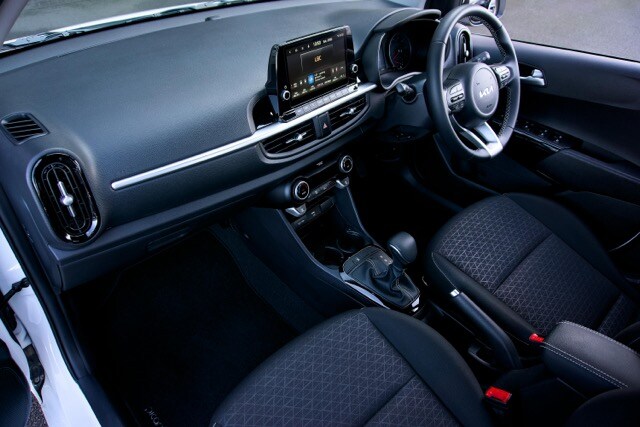Artificial Intelligence in Manufacturing - a Simr Compendium
Explore the Simr Compendiums, featuring over 160 case studies on projects showcasing a decade of innovation in cloud-based High-Performance Computing (HPC)
This case study demonstrates how ADC's HPCFLOW computing resources enabled MantiumCAE to quickly and efficiently create a CFD simulation for the Silvermine 11SR sports car. MantiumCAE set up a CAE computing environment in Advania’s HPCFLOW cloud, allowing for rapid and efficient simulations.
A typical external vehicle aerodynamics simulation requires between 2,000 and 10,000 CPU core hours to process. Running this simulation on a 16-core workstation would take weeks, but using the HPCFLOW cloud environment with MantiumFlow, MantiumCAE can deliver results within one business day.
Featured case studies

Explore the Simr Compendiums, featuring over 160 case studies on projects showcasing a decade of innovation in cloud-based High-Performance Computing (HPC)
VIEW POST

In 2021, Rimac and UberCloud forged a partnership, with a need for optimized innovation at its core. Rimac Technology engineers were running more and more simulations with an aging, on-premises high performance computing (HPC) cluster. While compute power continued to fall short, the demand for resources continued to grow exponentially.
VIEW POST

Explore the benefits of ANSYS in the Cloud by withaeroelastic behavior and flutter instability of aircraft wings in subsonic flight using simulations.
VIEW POST

This Simr experiment, designed to better understand air bag inflation behavior under dynamic conditions, has added to that knowledge.
VIEW POST

In this project, we calculated the KRISO containership's barehull resistance in the cloud. KCS is a standard benchmark in marine CFD with published data.
VIEW POST

Vertical Axis Wind Turbines (VAWTs) are harder to model aerodynamically than horizontal designs due to varying wind velocities. The DMST method is inaccurate for precise estimates. CFD simulations, especially fully transient ones, offer better results.
VIEW POST
Solutions
Product